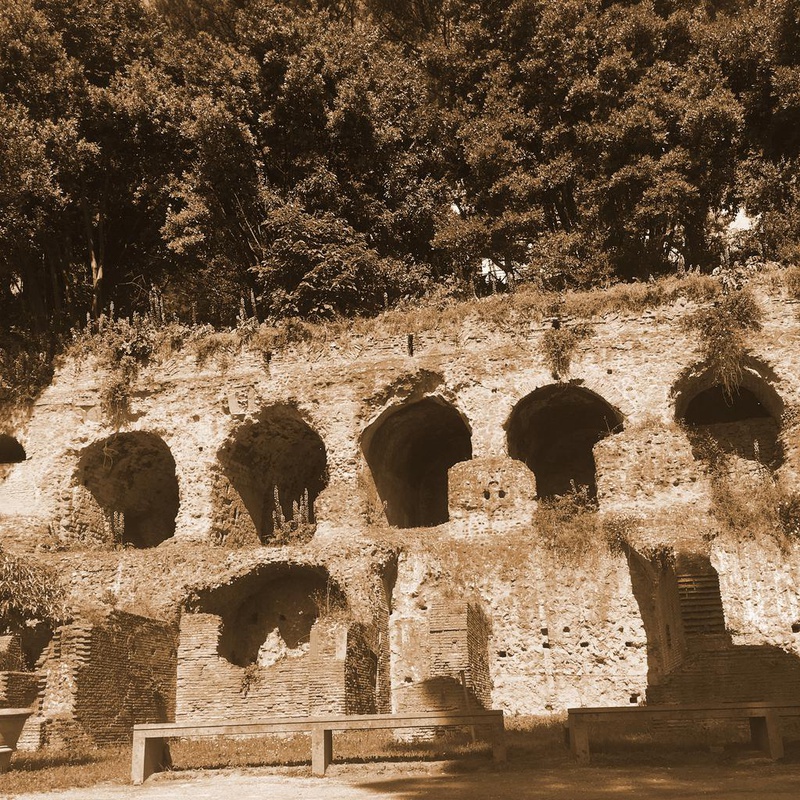Posted by Shazarch on 25 Mar 2023
The Palatine Hill
6th century BC - 111 BC, Rome
Archaeological site
The Palatine is an area in Rome that represents the origins of the city. Its topography and monumental appearance were influenced by foundation myths dating back to ancient times. In the 6th century BC, the Tarquins constructed walls made of "tufa blocks" on its slopes, creating terraces and increasing the buildable area. In the 3rd century BC, the Senate promoted a new urban image to represent Rome's power, and the Palatine was transformed with the erection of a squared masonry substructure system that expanded the buildable area. The Temple of Victory and the House of Romulus were built on top of the Palatine, eliminating the previous places of worship. Like the Acropolis of Athens, the Palatine represented the symbolic image of a victorious city. In the 2nd century BC, the sanctuary of the Magna Mater was built next to the Temple of Victory, promoted by various figures linked to the Scipionic Circle, with important festivities taking place in the square in front of the temple. In 111 BC, a fire destroyed the temple, and Metellus Numidicus carried out a monumental reconstruction of the sanctuary to make Rome's acquired power visible and adapt the architecture to the needs of the festivities and theatrical games.
